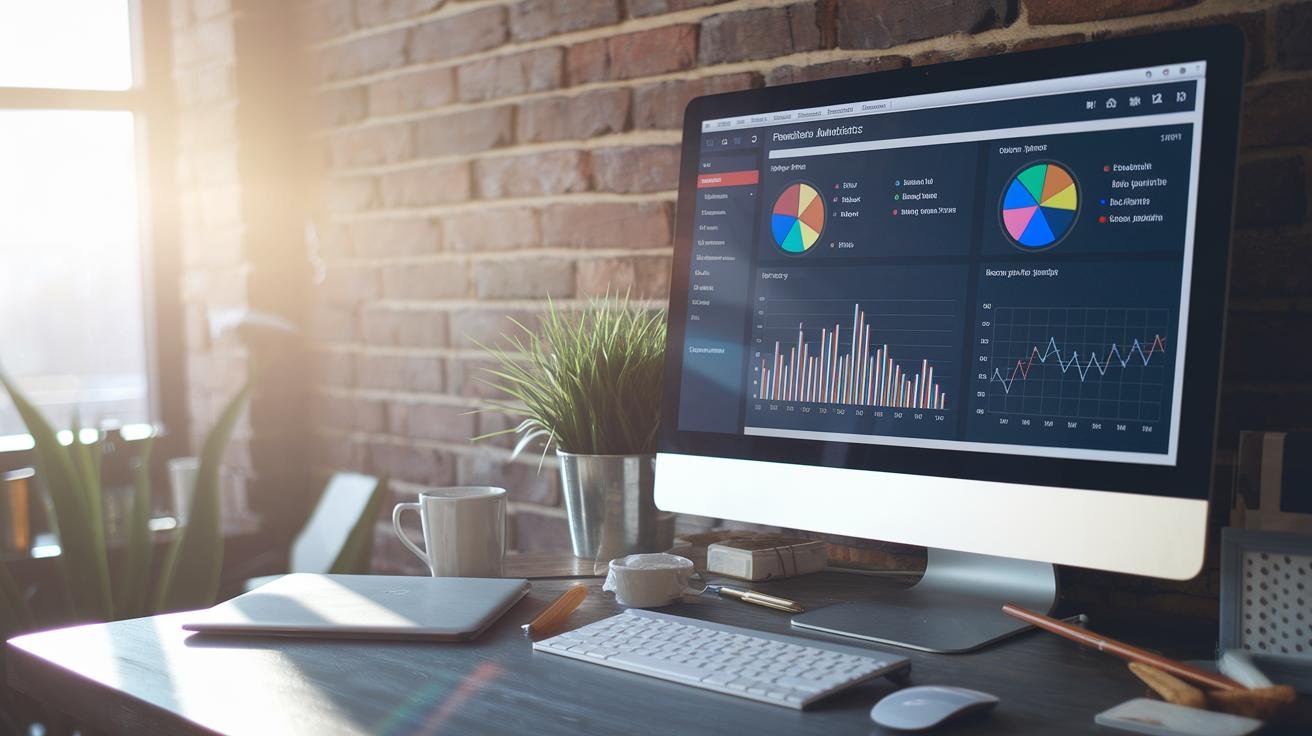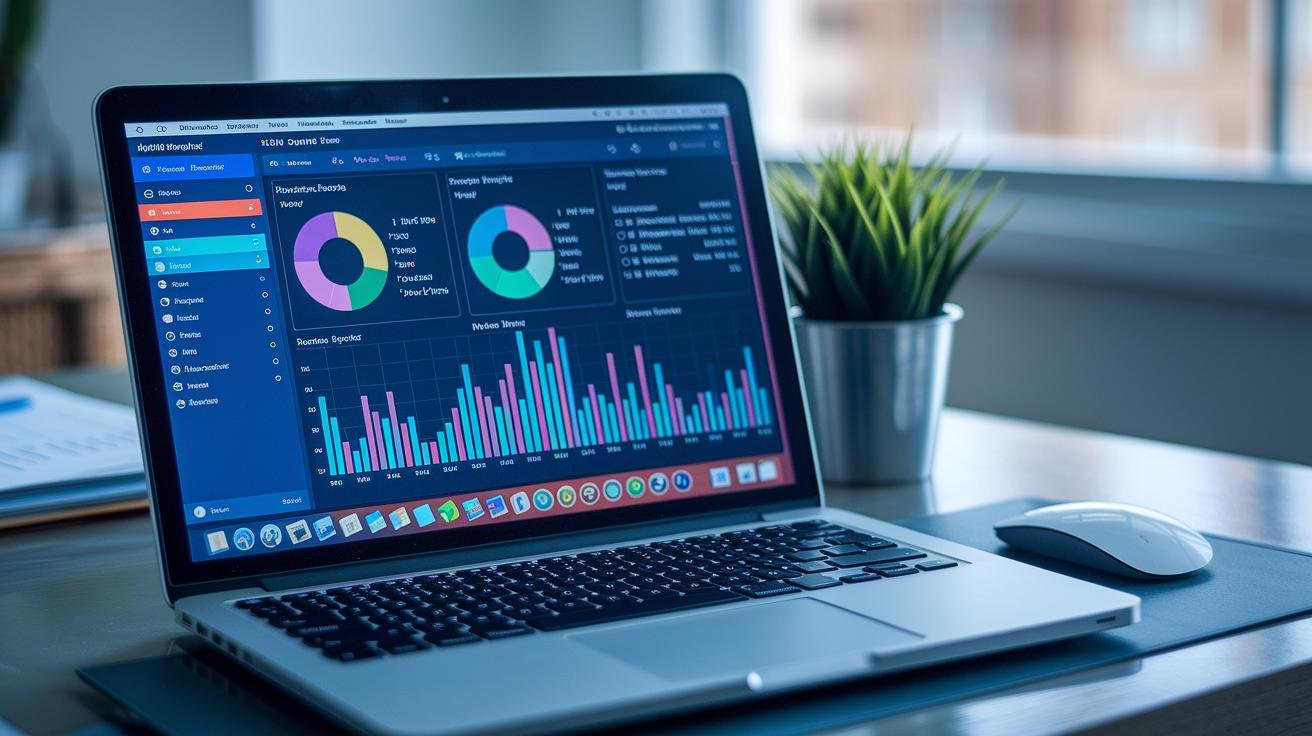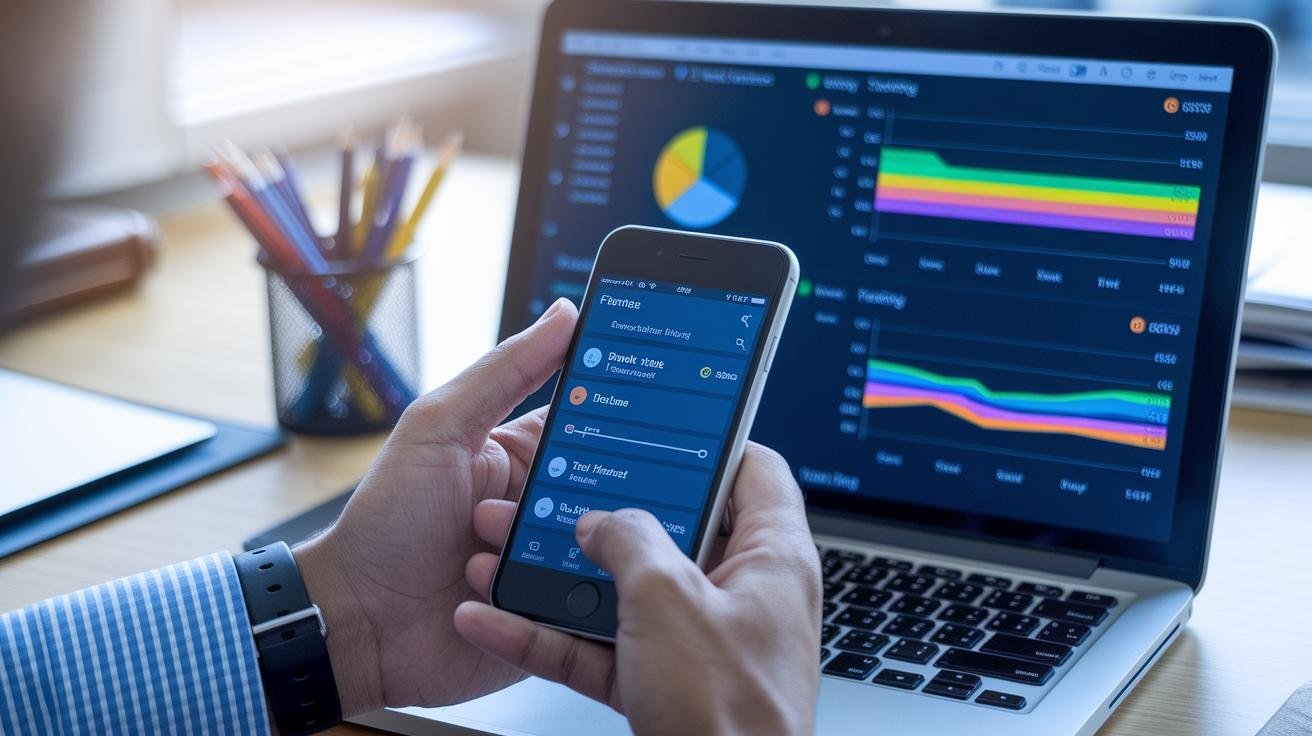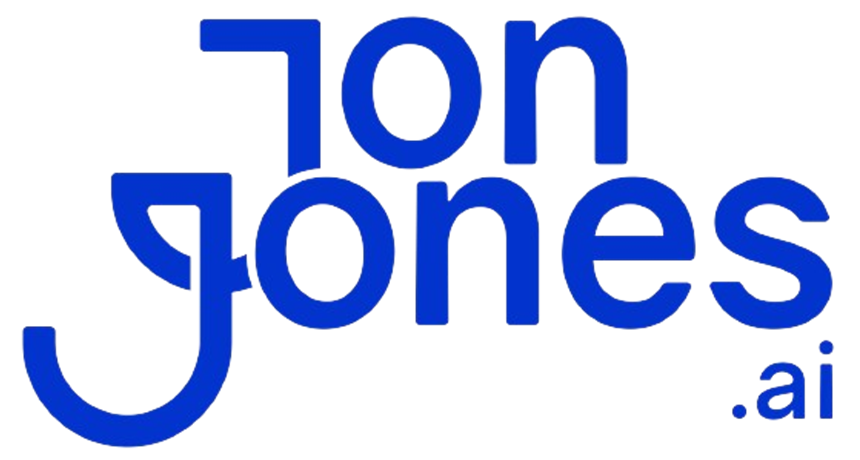Think your dashboard is enough? If it only shows past sales, you’re missing out. Real-time forecasting (using algorithms to predict trends) can boost your bottom line.
A predictive analytics dashboard (an algorithm that forecasts trends from your data) turns raw numbers into early warnings and growth signals. We’ll walk you through seven simple best practices to keep your layout lean, your KPIs (key performance indicators) clear, and your team making confident moves.
Next, see how a well-tuned dashboard drives ROI (return on investment), cuts guesswork, and keeps you several steps ahead.
Foundational Practices for Predictive Analytics Dashboards

You know how teams need to track product performance in real time? That’s exactly what a predictive analytics dashboard (an algorithm that forecasts future trends based on data) does, it’s your live command center. Executives scan high-level trends. Marketers watch campaign ROI on the fly. Product managers catch adoption shifts early. And data analysts check forecast accuracy before major decisions.
We build each dashboard layout for its audience. For execs, we highlight conversion rates and revenue forecasts. Marketers get campaign ROI and user engagement metrics. Finance teams track churn risk and demand projections. By tying live data streams to forecasting models (methods that use past data to predict what’s next), you always see fresh estimates, not stale snapshots. Nice.
But we don’t stop there. First, we set a clear goal, like boosting conversions by 15% in six weeks. Then we pick just the metrics that matter so you’re not overwhelmed by noise. We run automated checks on incoming data to catch missing entries or odd values. Next, we watch how your team interacts, gather feedback, and tweak the layout or filters. That cycle, goal, metric choice, data checks, feedback, tweak, makes your dashboard both predictive and user-friendly.
Ready to put real-time insights in one view? Let’s get your dashboard humming.
Selecting Predictive KPIs and Visualization Formats for Dashboards

We begin by linking each key performance indicator (KPI) to a clear business goal, like revenue forecasts or spotting churn (when customers leave) before it spikes. Then we pick a handful of metrics you’ll actually use: revenue projections, user engagement, demand estimates, churn odds, and operational efficiency. If you won’t act on a number tomorrow, leave it off your dashboard.
Next, we choose chart types that tell your story. Bar charts work great for side-by-side comparisons. Line charts shine at showing trends and forecasts.
Heat maps let you spot patterns at a glance. Pie charts break down totals, just cap them at five slices so they stay easy to read. And tree maps handle hierarchies in a neat, visual way.
Always make actual vs. forecast data clear, use solid lines for real numbers and dashed for predictions. Stick to one color palette and group related charts together. Lead with your top priority and follow the “5-second rule” so anyone can get the point fast.
| Chart Type | Use Case | Best Practices |
|---|---|---|
| Bar Chart | Comparing values side by side | Keep axis scales even and labels clear |
| Line Chart | Showing trends and forecasts | Solid lines for actual data, dashed for forecast |
| Heat Map | Spotting patterns or anomalies | Use consistent color gradients and add a legend |
| Pie Chart | Breaking down share of total | Limit to five slices and label each piece |
| Tree Map | Visualizing hierarchical data | Size blocks by value and pick distinct hues |
| Area Chart | Showing cumulative trends | Use transparency and avoid clutter |
Real-Time Data Integration and Refresh Strategies in Predictive Dashboards

We start by grabbing data from your sales CRM (customer relationship management system), web analytics, inventory tracker, and support logs. This combo shows the full picture, whether it’s lead flow shifts or churn signals. It makes your predictive dashboard (a tool that uses past data to forecast outcomes) come alive with real-world insight.
We tap real-time streaming with Apache Kafka (streaming platform) or AWS Kinesis (Amazon’s data stream) to catch every signal the moment it happens. Then batch uploads fill any gaps. This steady flow builds trust so you and your team can act fast.
Here’s our update plan: top metrics like conversion rate or uptime stream in sub-seconds, mid-tier stats, open support tickets or stock levels, refresh every hour, and big-picture trends like quarterly sales forecasts get a daily batch update. This staggered schedule balances speed with system load.
Everything flows over secure REST APIs (application programming interfaces) that handle pagination and respect rate limits to avoid throttling. On the ETL (extract, transform, load) side, we enforce schema checks and run auto quality tests before data lands. Alerts flag odd entries or missing info so you can fix issues fast.
Accuracy drives smart decisions.
Interactive and Drill-Down Features for Predictive Dashboards

We know static dashboards can feel, well, static. That’s why we build interactive workspaces where you can play with data, explore emerging trends, and test your hunches on the fly. By adding interactive filters (tools that let you change what you see), you can zoom in on specific dates, sort any metric, or flag outliers in real time.
This follows predictive analytics (a method using past data to forecast what might happen) and real-time forecasting dashboard guidelines (dashboards that update predictions as new data arrives). With self-service forecast exploration (where you run your own forecast tests), you won’t wait on IT. You can also drop narrative annotations (notes right on your charts) to mark key levels or turning points.
Here’s what you get:
- Click-to-filter charts so clicking a bar shows only that slice of data.
- Hierarchical drill-down to jump from big-picture numbers into raw details.
- Time-interval slider to drag through dates and watch trends unfold.
- Scenario parameter controls that let you tweak assumptions on demand.
- Inline annotations for quick, shareable insights right on your visuals.
With these features, your team can adjust thresholds, swap scenarios, and uncover insights in minutes instead of days. Results matter.
Plus, saved presets and custom views mean everyone starts with the right filters already applied. Next time you log in, your favorite setups are waiting, keeping predictive analytics dashboard best practices front and center.
Performance Tuning and Architectural Considerations for Predictive Dashboards

So you’ve built a predictive dashboard (a tool that forecasts trends) and you want it to feel instant. We store results at the edge using a content delivery network (CDN), then load heavy queries in the background so your interface never freezes. For time-series data (data points tracked over time), we rely on in-memory stores like InfluxDB or Apache Druid to keep your hot metrics ready to go.
Our goal? Sub-2-second load times.
We pre-aggregate common queries when traffic is low and tweak database indexes. By limiting data windows and pushing calculations down to your analytics engine (where the heavy math happens), we keep your charts snappy, you know? And with data streaming set up to feed new values in real time, you can scroll or filter while fresh KPIs roll in without a hitch.
When it’s time to deploy, we turn to cloud platforms with auto-scaling groups spread across multiple zones. That way sudden traffic spikes don’t knock you offline or hit a single server. We also tie in CI/CD (continuous integration and delivery) so layout tweaks or code updates flow through automated pipelines.
With continuous delivery, you’ll ship security patches, performance fixes, and new features without any downtime or manual handoffs. Nice.
Embedding Predictive Models and Anomaly Detection in Dashboards

You can embed your predictive model (an algorithm forecasting future trends) right into the dashboard. Just call machine learning APIs (application programming interfaces) or use in-database scoring so your forecasts update automatically with every new data point. This follows best practices for predictive analytics (using data to predict outcomes) dashboards, keeping your visuals tied directly to your source of truth and cutting out manual handoffs.
Next, show uncertainty and any outliers with simple visuals by adding confidence intervals (like ±10 percent bands around your forecast). Then plug in real-time anomaly detection (spotting unusual data) to flag sudden spikes or dips with icons or color changes so your team knows exactly where to look.
Finally, keep your model honest with regular checks. Track accuracy metrics like RMSE (root mean squared error) or MAE (mean absolute error) on their own chart to spot drift early, and version each model with an audit trail of changes. That governance (oversight) step makes sure your dashboard stays reliable as new data or tweaks roll in.
Tool Selection and Real-World Predictive Dashboard Implementations

Choosing the right tool can feel overwhelming. But don’t worry, we’ll keep it simple. It boils down to four things: live data support, ease of connection (integration effort), licensing fees, and scalability (how well it grows with you).
Here’s the lineup:
- Amplitude: Ready-to-go real-time dashboards (live visual reports) with templates you can tweak.
- Apache Superset and Metabase: Open-source (software you can view and modify), self-hosted options that keep costs low.
- Tableau and Power BI: Enterprise favorites for eye-catching visuals and governance (rules that protect and manage your data).
Amplitude shines at behavior-driven metrics. Superset and Metabase handle queries from multiple sources. Tableau and Power BI excel at governed data models. Nice.
For lead scoring (assigning a value to each potential customer), check out predictive lead scoring with AI. It breaks down built-in workflows and API support so you can compare at a glance.
Across industries, these tools drive ROI fast. In retail, a Superset-powered stock dashboard boosted inventory accuracy by 15%. Finance teams using Power BI slashed credit monitoring time by 40%.
To help your team hit the ground running, we design training sessions that tie each feature to daily tasks. And our in-app guided tours walk you through filtering, tweaking charts, and exporting reports. Soon, you won’t just track numbers, you’ll act on insights from day one.
Results matter.
Final Words
In the action, you mapped out the core principles for predictive analytics dashboards, defining your audience, picking the right metrics (KPIs) and visuals, and setting up live data feeds. Then you added interactive filters, tuned performance, and embedded AI models with anomaly alerts. Finally, you weighed platforms and saw real-world wins.
These steps help you cut manual tasks, attract leads, and create content at scale. Keep refining as you go, and watch how predictive analytics dashboard best practices power your growth.
FAQ
What are the best practices in dashboard design?
The best practices in dashboard design include defining clear objectives, selecting only relevant KPIs, using consistent color and typography, grouping related visuals, optimizing for UX, and iterating with user feedback.
What are the four general subtypes of dashboards?
The four general subtypes of dashboards are operational (real-time day-to-day metrics), tactical (monthly or quarterly performance), strategic (long-term trends), and analytical (deep-dive data exploration).
What is a predictive dashboard?
A predictive dashboard is a user interface that displays real-time KPIs alongside forecasted metrics using predictive analytics (algorithms that forecast outcomes), helping stakeholders anticipate trends and take proactive action.
What are the four key elements of dashboard reporting?
The four key elements of dashboard reporting are well-defined KPIs, intuitive visualizations, contextual labels or annotations, and interactive filters for on-demand insights.
Can you give an example of a predictive analytics dashboard?
An example of a predictive analytics dashboard is a sales forecast panel showing actual versus predicted revenue trends, conversion rate projections, churn-risk heat maps, and automated alerts for deviations.
What predictive analytics methods are commonly used?
Common predictive analytics methods include regression analysis for trend forecasts, classification models for outcome prediction, clustering for customer segmentation, and time-series forecasting for demand projections.






